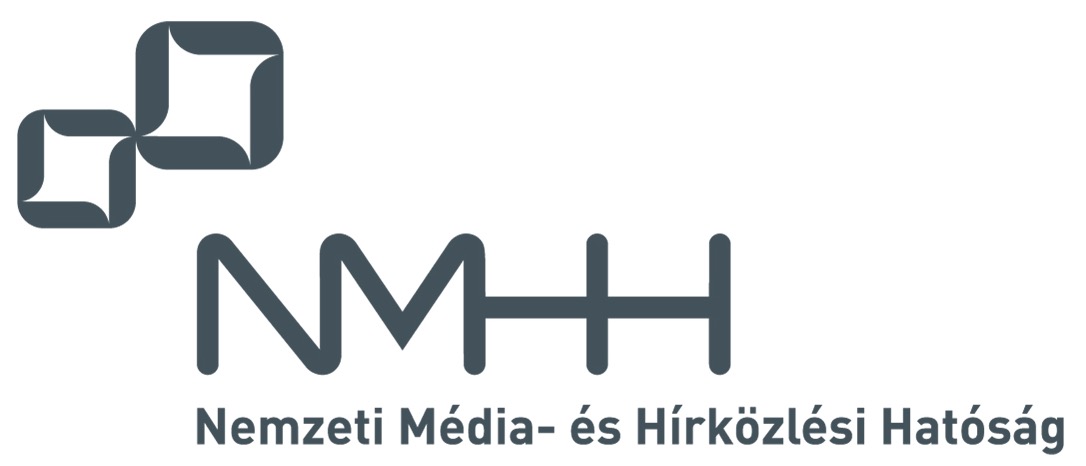2015. 1st Issue
Full issue  (6MB)
(6MB)
INVITED PAPER
J. Bárta and M. Hojsík
TC-linearisation of Tweakable Polynomials 
Based on the Cube Attack by Itai Dinur and Adi Shamir and another, in the essence similar, method we devised a new polynomial linearisation technique, which proved to be more powerful, than the Cube Attack alone. Moreover, we present detailed description with formal proof not only of our findings, but also of the Cube Attack. Finally, we demonstrate the results of our efforts on a Trivium variant that is reduced in key and initialisation vector bit count. We managed to linearise polynomials representing a keystream bit output after up to 621 initialisation rounds using purely techniques described in this paper, compared to 581 initialisation rounds with original attack.
PAPERS FROM OPEN CALL
Cs. Simon and M. Maliosz
Network Coding Based Caching for Near Real-Time Streaming Media 
During crowded events streaming services generate high demands in the wireless access networks. In this paper we present a solution to offload the access network in case of such a streaming service. We detail the streaming service itself, and our offload solution based on local caching and network coding. We introduce a model that allows us to analyze our proposal, we implement it in a simulation environment and assess it. Finally we discuss the consequences of several design decisions we made during our work.
A. Parakh and S. Kak
New Key Agreement Techniques for Sensor Networks 
We propose two computationally efficient key agreement algorithms. The schemes are ideally suited for computationally constrained environments such as sensor networks. The first proposed technique is general and uses matrix factorization. We provide constructive algorithms to implement the scheme. The second algorithm uses commutative property of matrices to distribute keys and provides two different keys per node pair. Both the algorithms are practical in terms of implementation, security provided and linear in computational complexity.
E. Udvary
Investigation of Semiconductor Optical Amplifier Direct Modulation Bandwidth 
In-line and reflective semiconductor optical amp-lifiers can be advantageously utilized as external modulators because they can perform simultaneously two functions (amp-lification and modulation). When the SOA is used in next ge-neration access networks the modulation bandwidth is a crucial property, because it will limit the application. In the paper theoretical and experimental investigations are presented with the result of improved modulation bandwidth. The experimental results confirm that by proper adjustment of the operation point and environmental conditions a significant improvement in the modulation bandwidth is achieved. Mainly the bias current and the level of the incident optical power determine the carrier lifetime. The modulation bandwidth can be doubled by this approach. The theoretical and simulation results represent the effect of the device parameters, like device length and electrode setup. However there is a trade-off between modulation efficiency and modulation bandwidth, which demands circumspect design of the device and system parameters.
L. Csurgai-Horváth and I. Frigyes
E-band Terrestrial Radio – Propagation and Availability Aspects 
This paper is focusing on the E-band terrestrial radio channel, especially on availability calculations and on the relationship between fade duration statistics and availability. This frequency band is applied in high speed data transmission links between endpoints at a distance of few kilometres. There is a high demand for such connections with high reliability features; mobile backhaul networks are good example for that. The main propagation impairment causing bursty drop-outs on the transmission links is rain. Based on our long term measurements we will show the availability characteristics of the E-band radio and propose a new method for availability calculations. We investigate the relationship between fade duration statistics and the availability as well.
CALL FOR PAPERS
Special Issue on Advanced wireless and mobile technologies and services
Special Issue on Smart Cities: Crowdsourcing and M2M Communication for a Connected Society
European Wireless 2015, Budapest




